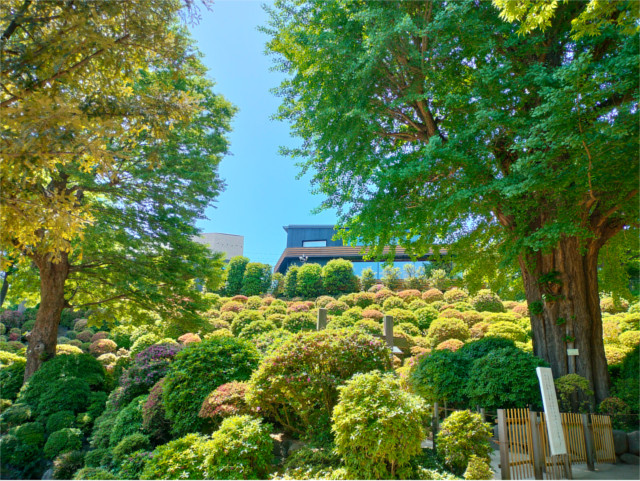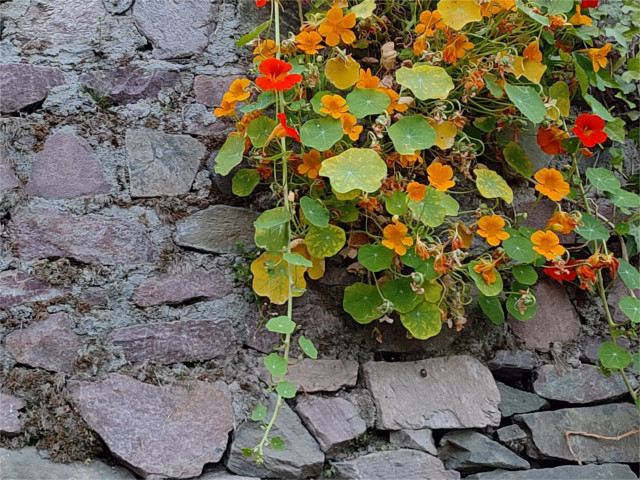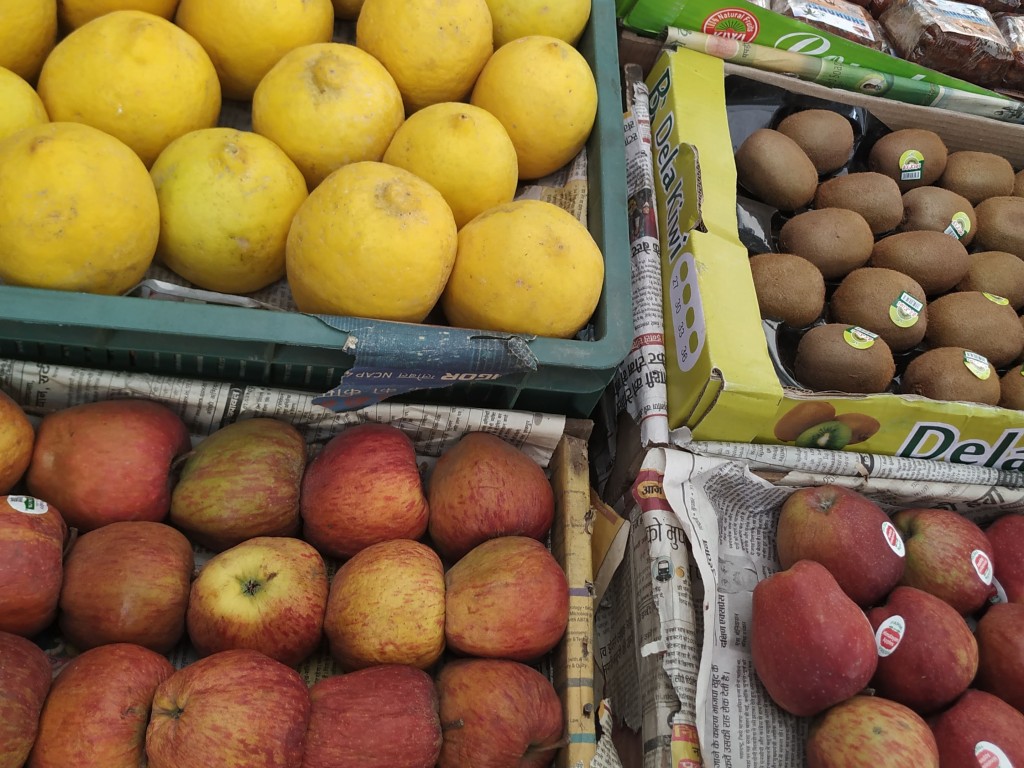Messing about with paint as children we learnt that the primary colours are red-blue-yellow. That was a good lesson which gave me years of use. Growing up, playing with lights on stage, I found the limits of that understanding. What I’d learnt was true of paints, which is subtractive colour. When you deal with lights, additive colour, the primaries are red-green-blue. Thinking with this has advantages in today’s world, where the use of pigments is less widespread than the light that comes from screens and LED bulbs. But all the theory that springs from this simple fact seems to miss one interesting point: colours are a human construct.
Yes. Colours are produced in our bodies. Some neurons have a specialized function which allows them to respond to light. These are called photo-receptor cells. Some receptors work in low light, and only distinguish levels of brightness. That’s why the expression “All cats are grey in the dark” brings a sense of recognition. Others work when the light is brighter, and give us a sense of colour. Most humans have receptors for what we call the red, green, and blue colours, and only for these. Once we understand this physiology of colours, we begin to understand the underlying neurodivergence due to which some people see only two primary colours.









This leads me to think about colour perception in other animals. It seems that many others have, and most of my questions are simply answered by reading. It turns out that all vertebrates have colour receptors (things like starfish can sense light and dark, but don’t have eyes). Our closest relatives, chimpanzees, orangutans, and gorillas see three primary colours. Most monkeys seem to have two kinds of colour receptors, meaning they would see in two primary colours. Several species of fish see the world in three primary colours. Four kinds of colour receptors have evolved in multiple lineages of birds (I’m sure they see through all the camouflage that dedicated birders wear). The record holders are mantis shrimps with 16 classes of colour receptors, and bluebottle butterflies (Graphium sarpedon) with 15 distinct types of colour receptors.









Can you imagine seeing with 16 primary colours? I would have brain overload every time I opened my eyes. It is not possible for me to imagine the world as these creatures see it. For example, would birds see different shades of colour in what we think of as uniform matte black? Since birds evolved from dinosaurs this raises the question about whether these ancestral birds also could see also the world with four primary colours. Ancestral mammals were nocturnal, and would probably have seen the world only in shades of gray. I doubt they would have won over the world if a little asteroid had not intervened. And what about murky seabeds? They must seem to be a riot of colour to creatures which evolved there.















If the colours that we see are such a human thing, then how uniform is our perception of a colour? Different human languages contain a different number of words for colour. Almost all have names for white, black, and red. So, no matter which culture you belong to, unless one of us is neurodivergent, I think we would agree about the gallery of reds. However, some languages do not have separate words for blue and green. That indicates that there may be scope for confusion between these two colours.
I invite you to take part in an experiment with the gallery above. I’ve selected photos in which there could be areas of blue-green ambiguity (in the second from last photo, for example, I see one plastic stool which is a dark blue, one which most viewers agree is a shade of green, and one, right in front, which some call blue, and others, green). I’ve arranged the photos such that to my eyes the most ambiguous areas go from being clearly green to clearly blue. Do you agree with this ordering? More, I see the first 13 photos as containing clearly green hues, sometimes bordering blues, but not crossing the line into a true blue. The last of these is the piece of jewelry with a bluish-green jade turquoise and coral. In the 14th photo, parts of the salad leaves distinctly appear blue to me. It will be interesting to see your replies.




















